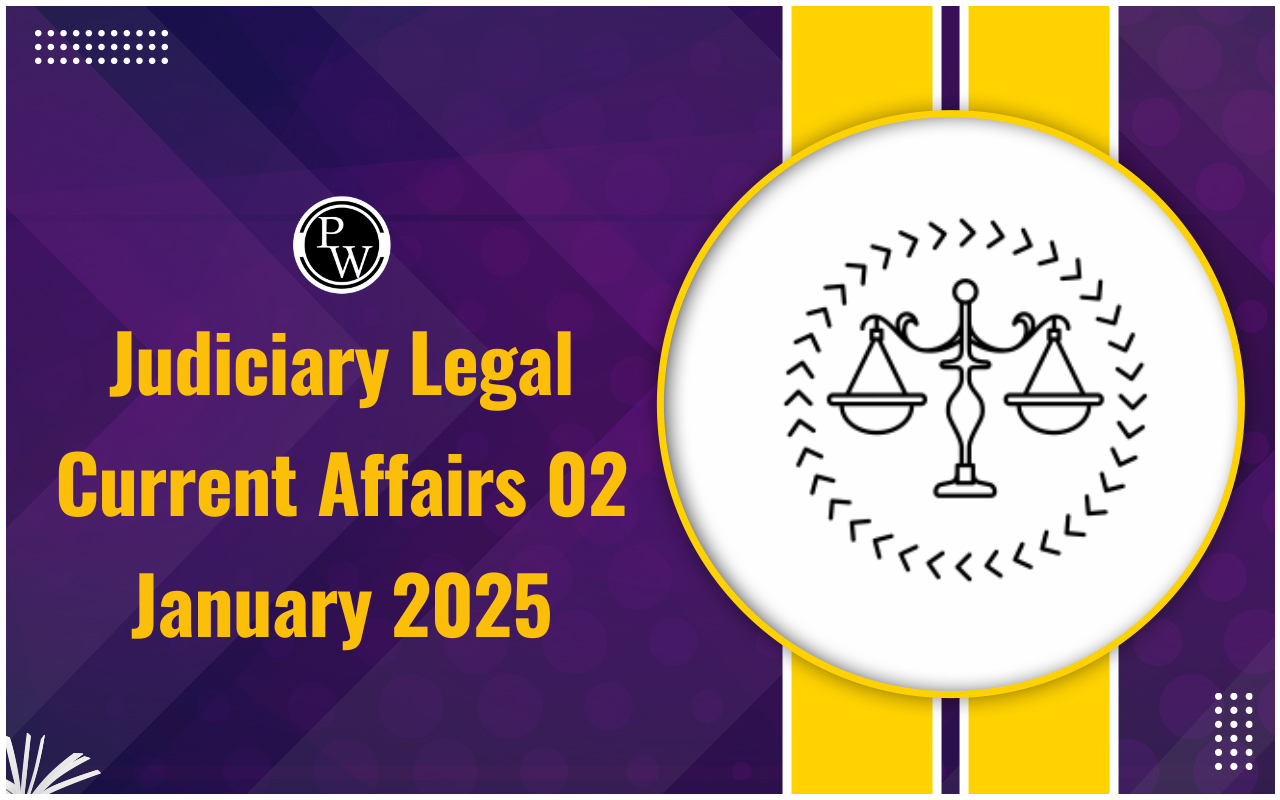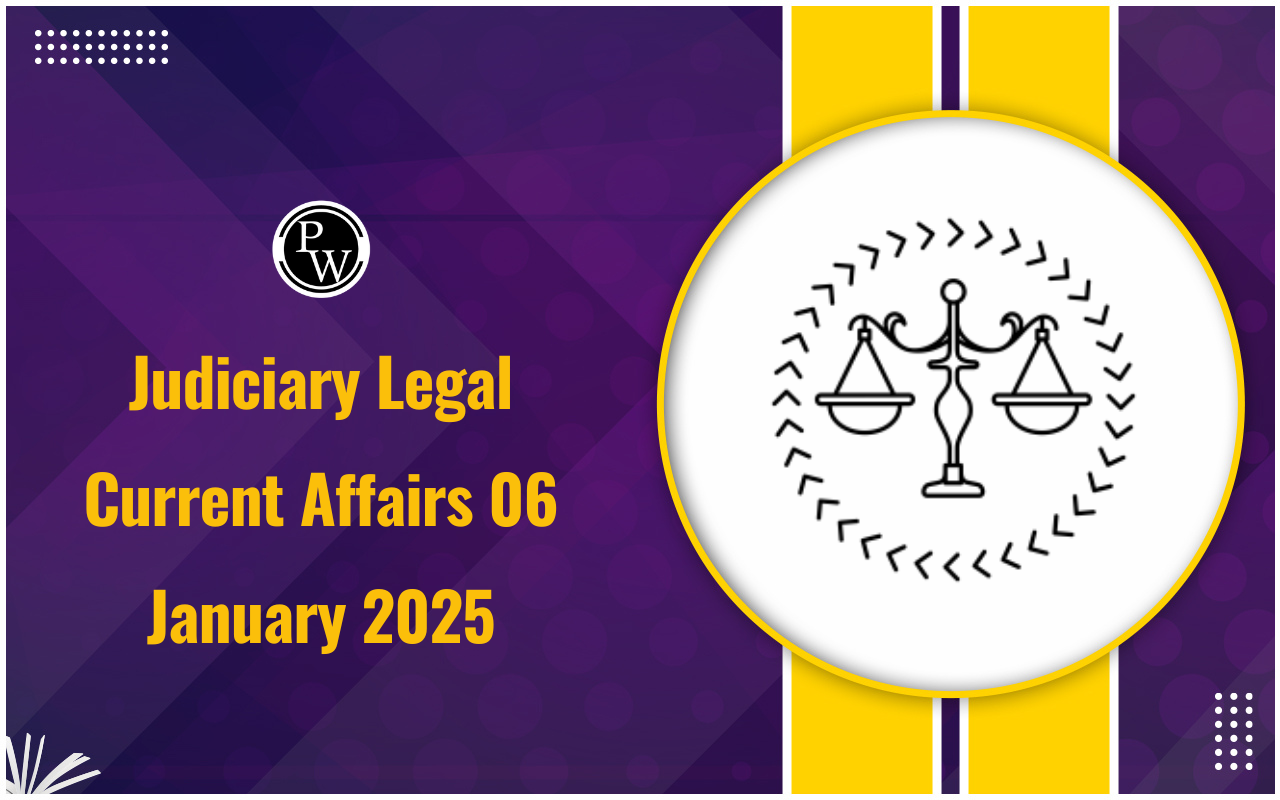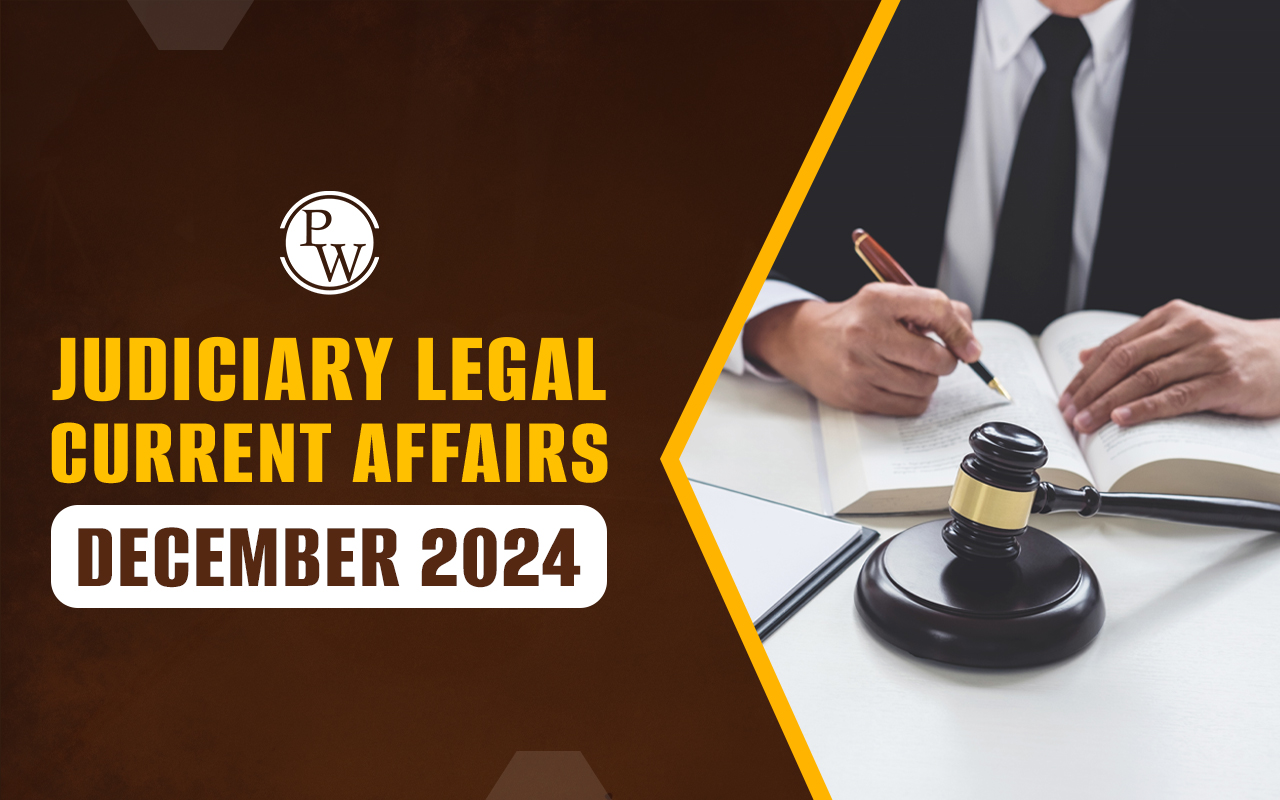
Vijayanagara Empire: The Vijayanagara Empire, one of the most significant and enduring empires in Indian history, flourished in southern India from 1336 to 1646. Known for its remarkable contributions to art, culture, and administration, the empire played a pivotal role in shaping the region's history. This article talks about the origin, dynasties, administration, economy, and cultural and social life of the Vijayanagara Empire, providing a comprehensive understanding of its legacy.
Vijayanagara Empire Overview
This table provides a concise overview of the Vijayanagara Empire, summarizing its key aspects and contributions.| Aspect | Details |
|---|---|
| Period | 1336-1646 |
| Founders | Harihara I and Bukka Raya I |
| Capital | Vijayanagara (modern-day Hampi) |
| Major Dynasties | Sangama, Saluva, Tuluva, Aravidu |
| Notable Rulers | Harihara I, Bukka Raya I, Deva Raya II, Krishnadevaraya, Achyuta Deva Raya |
| Primary Language | Kannada, Telugu, Tamil, and Sanskrit |
| Religion | Predominantly Hinduism, with some patronage of Jainism and Islam |
| Economy | Agriculture, trade (both internal and external), crafts, and industries |
| Key Exports | Spices, textiles, precious stones, metals |
| Administrative Structure | Centralized monarchy with a council of ministers, provincial governance by Nayakas, local administration by village assemblies |
| Cultural Contributions | Temple architecture, literature, performing arts |
| Famous Monuments | Virupaksha Temple, Vithala Temple, Hazara Rama Temple |
| Decline | Began after the Battle of Talikota in 1565, eventual fall in 1646 |
Origin of the Vijayanagara Empire
The Vijayanagara Empire was established in 1336 by Harihara I and his brother Bukka Raya I, who were formerly under the Kakatiya and Hoysala kingdoms. The brothers founded the empire with the aim of resisting Islamic invasions from the north and to reclaim territories lost to the Delhi Sultanate. The empire's capital was Vijayanagara, a city situated on the banks of the Tungabhadra River, known for its impressive architecture and urban planning.Dynasties of the Vijayanagara Empire
The Vijayanagara Empire was ruled by four prominent dynasties:1. Sangama Dynasty (1336-1485)
The founding dynasty of the Vijayanagara Empire, established by Harihara I and Bukka Raya I. The Sangama rulers consolidated their power and expanded the empire's territories through strategic military campaigns.2. Saluva Dynasty (1485-1505)
Founded by Saluva Narasimha, this dynasty emerged following a period of internal strife and weak governance under the later Sangama rulers. The Saluvas restored stability and continued to expand the empire's influence.3. Tuluva Dynasty (1505-1565)
Founded by Veera Narasimha, the Tuluva dynasty is often considered the most illustrious period of the Vijayanagara Empire. Under Krishnadevaraya, the empire reached its zenith in terms of territorial expansion, cultural achievements, and military prowess.4. Aravidu Dynasty (1565-1646)
The last ruling dynasty of the Vijayanagara Empire, established by Tirumala Deva Raya after the disastrous Battle of Talikota in 1565. Despite the loss at Talikota, the Aravidu rulers managed to hold on to parts of the empire until its eventual decline.Administration of the Vijayanagara Empire
The Vijayanagara Empire had a highly organized and efficient administrative system. The administration was characterized by a centralized monarchy with a well-defined bureaucratic structure.Key Features of the Administration:
Keyfeatures of Vijayanagar Empire are ads follows :-- King : The emperor was the supreme authority, with absolute control over military, judicial, and executive functions.
- Council of Ministers : Assisted the king in governance. Key ministers included the Mahapradhana (chief minister) and the Dandanayaka (commander-in-chief).
- Provincial Administration : The empire was divided into provinces (rajya or mandalam), each governed by a Nayaka (provincial governor) appointed by the king.
- Local Administration : At the village level, the administration was managed by local chieftains and village assemblies (grama sabha).
Economy of the Vijayanagara Empire
The economy of the Vijayanagara Empire was diverse and robust, supporting a large population and facilitating trade and commerce.Key Economic Features:
- Agriculture : The primary occupation, supported by an extensive irrigation network, including canals, tanks, and wells.
- Trade and Commerce : The empire had thriving internal and external trade, dealing in goods like spices, textiles, precious stones, and metals. Trade was conducted with regions as far as Persia, Arabia, and Southeast Asia.
- Crafts and Industries : The empire was known for its skilled artisans producing textiles, metalwork, and stone carvings.
Cultural and Social Life in the Vijayanagara Empire
The Vijayanagara Empire was a melting pot of diverse cultural and social influences, fostering a rich heritage in arts, literature, and religion.Arts and Architecture:
- The empire is renowned for its distinctive architectural style, exemplified by structures such as the Virupaksha Temple, Vithala Temple, and the Hazara Rama Temple.
- The Vijayanagara style of architecture featured intricately carved pillars, grand gateways (gopurams), and elaborate mandapas (pavilions).
Literature and Learning:
- The empire was a hub of literary activity, with scholars and poets composing works in Kannada, Telugu, Tamil, and Sanskrit.
- Krishnadevaraya, a patron of literature, authored the famous Telugu work "Amuktamalyada."
Religion and Society:
- The Vijayanagara Empire was a bastion of Hindu culture and religion, supporting the construction of numerous temples and religious institutions.
- Society was hierarchical, with the king and nobility at the top, followed by traders, artisans, and farmers.
Social Structure and Festivals:
- The society of the Vijayanagara Empire was structured in a hierarchical manner with distinct roles and responsibilities. Festivals, religious ceremonies, and cultural events played a significant role in the social life of the people.
- The empire celebrated numerous festivals, including Mahanavami, Diwali, and Holi, with great pomp and splendor, reflecting the vibrant cultural ethos of the time.
Vijayanagara Empire FAQs
Q1. What was the Vijayanagara Empire?
Ans. The Vijayanagara Empire was a South Indian empire that existed from 1336 to 1646. It was known for its contributions to art, culture, and administration, and played a crucial role in defending Hindu culture and religion in South India during a time of Muslim invasions.
Q2. 2. Who founded the Vijayanagara Empire?
Ans. The empire was founded by Harihara I and Bukka Raya I in 1336.
Q3. What was the capital of the Vijayanagara Empire?
Ans. The capital city was Vijayanagara, which is modern-day Hampi in Karnataka.
Q4. Which dynasties ruled the Vijayanagara Empire?
Ans. The empire was ruled by four main dynasties: the Sangama, Saluva, Tuluva, and Aravidu dynasties.
Q5. Who were some notable rulers of the Vijayanagara Empire?
Ans. Some notable rulers include Harihara I, Bukka Raya I, Deva Raya II, Krishnadevaraya, and Achyuta Deva Raya.
🔥 Trending Blogs
Talk to a counsellorHave doubts? Our support team will be happy to assist you!

Check out these Related Articles
Free Learning Resources
PW Books
Notes (Class 10-12)
PW Study Materials
Notes (Class 6-9)
Ncert Solutions
Govt Exams
Class 6th to 12th Online Courses
Govt Job Exams Courses
UPSC Coaching
Defence Exam Coaching
Gate Exam Coaching
Other Exams
Know about Physics Wallah
Physics Wallah is an Indian edtech platform that provides accessible & comprehensive learning experiences to students from Class 6th to postgraduate level. We also provide extensive NCERT solutions, sample paper, NEET, JEE Mains, BITSAT previous year papers & more such resources to students. Physics Wallah also caters to over 3.5 million registered students and over 78 lakh+ Youtube subscribers with 4.8 rating on its app.
We Stand Out because
We provide students with intensive courses with India’s qualified & experienced faculties & mentors. PW strives to make the learning experience comprehensive and accessible for students of all sections of society. We believe in empowering every single student who couldn't dream of a good career in engineering and medical field earlier.
Our Key Focus Areas
Physics Wallah's main focus is to make the learning experience as economical as possible for all students. With our affordable courses like Lakshya, Udaan and Arjuna and many others, we have been able to provide a platform for lakhs of aspirants. From providing Chemistry, Maths, Physics formula to giving e-books of eminent authors like RD Sharma, RS Aggarwal and Lakhmir Singh, PW focuses on every single student's need for preparation.
What Makes Us Different
Physics Wallah strives to develop a comprehensive pedagogical structure for students, where they get a state-of-the-art learning experience with study material and resources. Apart from catering students preparing for JEE Mains and NEET, PW also provides study material for each state board like Uttar Pradesh, Bihar, and others
Copyright © 2025 Physicswallah Limited All rights reserved.
Get App









